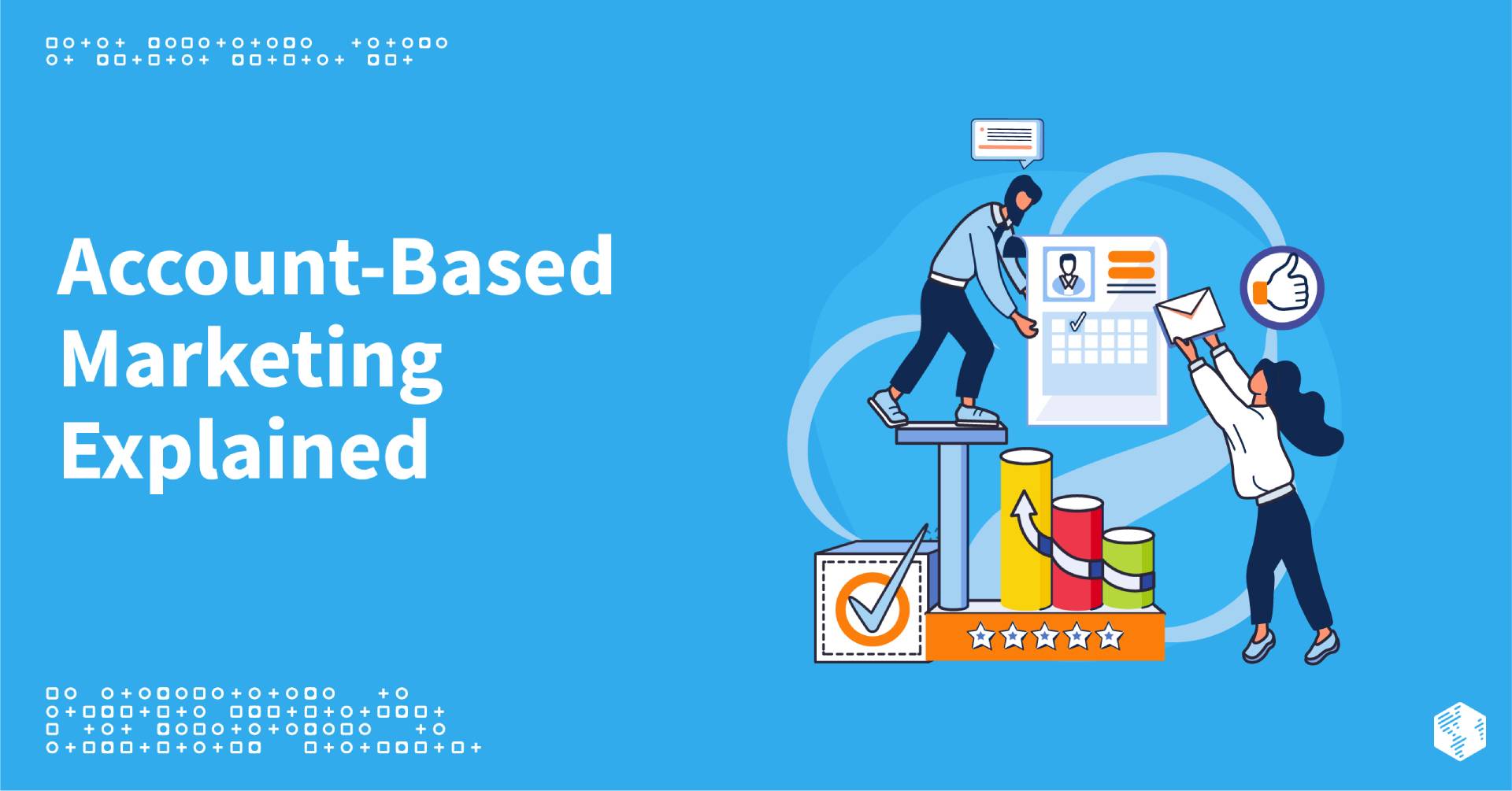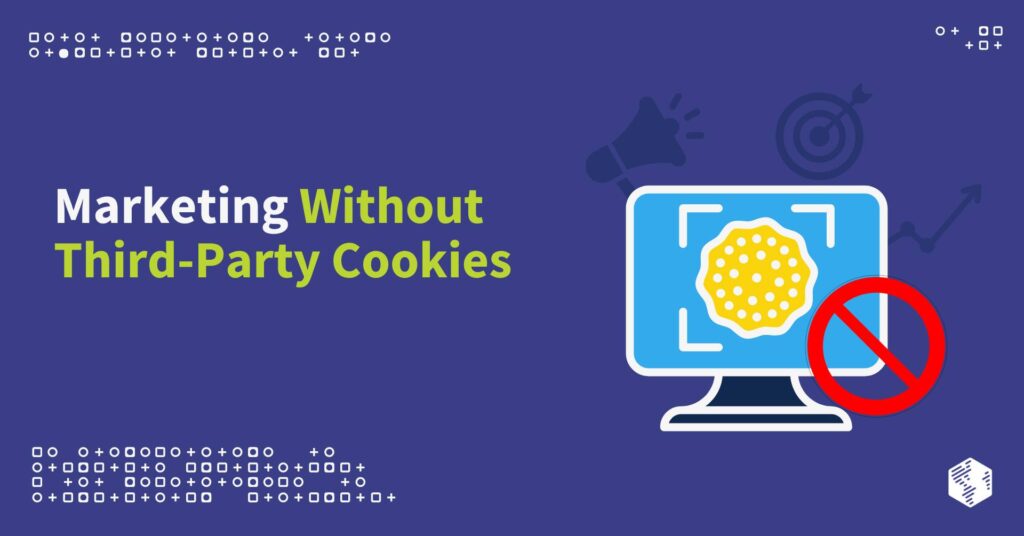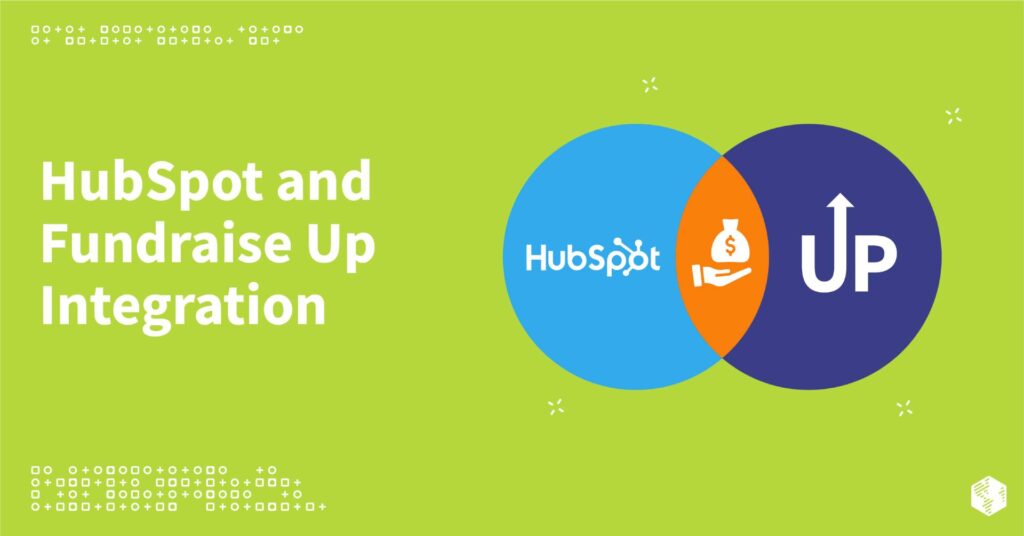Account-Based Marketing (ABM) is a focused B2B strategy that concentrates resources on engaging specific, high-value accounts. Rather than casting a wide marketing net, ABM allows you to create tailored campaigns that deliver personalized messaging and content to your most promising prospects and customers.
The core premise is treating each targeted account as a market of one. By deeply understanding the key players, pain points, and objectives for each account, you can shape messaging that directly resonates with their specific situation. This hyper-personalized approach drives more efficient marketing spend, stronger sales engagement, and higher conversion rates.
When integrated with an inbound marketing strategy, ABM amplifies its impact. Inbound attracts accounts into the funnel, while ABM nurtures them with precision throughout the buying journey. This powerful combination accelerates sales cycles and expands revenue from your highest-value accounts.
How to Turn Account Based Marketing Into the Best Marketing Strategy for Your Business
Implementing an effective ABM strategy requires tight marketing-sales alignment. Teams must agree on the ideal customer profile, develop unified account insights, and choreograph consistent, account-tailored interactions across all channels and touchpoints.
Getting started means securing leadership buy-in, building a dedicated ABM team, investing in data and tooling, and developing a strategic account planning process. This includes mapping key players, defining customized campaigns, and creating always-on nurture streams.
While resource-intensive upfront, ABM pays dividends by focusing efforts on accounts primed to drive maximum ROI. When executed effectively, it delivers unmatched relevance that builds trust and differentiation in your most vital markets.
Key aspects of ABM include:
- Concentrating resources on high-value, high-opportunity accounts
- Reaching prospects earlier in the buyer’s journey
- Aligning marketing and sales teams around the same goals
- Shortening long sales cycles and boosting ROI
- Creating personalized buying experiences for better customer acquisition, relationship-building, and business growth
It’s important to note, Account-Based Marketing doesn’t operate in a silo – it intelligently integrates components from several complementary strategies like inbound marketing, content marketing, marketing automation, and inbound sales practices. When this cross-disciplinary approach is successfully implemented it amplifies ABM’s effectiveness.
The value of ABM is clear to industry analysts. Forrester forecasts that by 2025, the majority of B2B organizations will adopt ABM to drive how they identify, engage, manage, and measure opportunities and customer relationships. ABM is on track to become the predominant corporate strategy for optimizing returns from your highest-value accounts.
By 2025, the majority of B2B organizations will adopt ABM to drive how they identify, engage, manage, and measure opportunities and customer relationships.
– Forrester
The Benefits of Adopting ABM
Account-Based marketing (ABM) offers numerous benefits to businesses, including a personalized marketing approach, sales and marketing alignment, shorter sales cycles, clearer ROI, and fewer wasted resources. By focusing on high-value accounts and delivering tailored experiences, ABM can lead to improved customer relationships, accelerated sales cycles, and the highest ROI of all B2B marketing tactics.
Key benefits of adopting an ABM strategy:
- Personalization: ABM allows for direct personalization of marketing touchpoints to key contacts in target accounts, fostering strong customer relationships and enhancing customer experience.
- Sales and Marketing Alignment: ABM aligns marketing and sales teams by enabling them to develop scoring and targeting based on the technologies currently in use by a company, improving communications between departments.
- Accelerated Sales Cycles: ABM influences decision-makers before they even talk to sales for the first time, leading to shorter customer lifecycles and accelerated sales cycles.
- Increased ROI: ABM provides clear results and higher ROI than any other marketing strategy, as it focuses on the best-fit customers and generates better leads for the same marketing spend.
- Efficient Resource Allocation: ABM leads to a highly targeted marketing approach and fewer wasted resources, as it focuses efforts on specific high-value accounts.
Additionally, ABM helps businesses:
- Stay relevant among high-value accounts
- Deliver consistent customer experiences across all channels
- Increase engagement levels
- Enhance customer retention rates and loyalty
- Provide high-quality leads
- Improve tracking and measurement
- Scale their efforts
ABM also positively impacts key metrics such as:
- Sales Velocity: ABM campaigns increase velocity by delivering informed, in-market prospects.
- Customer Acquisition Cost (CAC): ABM campaigns generate better leads and more revenue for the same marketing spend.
- Customer Lifetime Value (CLV): ABM campaigns focus on the best-fit customers to ensure customers stay longer and spend more.
- Average Deal Size (ADS): ABM strategies can lead to an increase in the average value of each sale made by a company.
When paired with inbound marketing, ABM has the power to make waves for your business, creating more consistent customer experiences and increasing the conversion rate of prospects into customers.
What Are the Key Components of an ABM Strategy?
A successful Account-Based Marketing (ABM) strategy requires a well-defined framework that includes marketing-sales alignment, account qualification, and a go-to-market approach. Key components of an effective ABM strategy include:
- Defining Goals and Metrics: Set SMART (Specific, Measurable, Attainable, Relevant, Time-bound) goals for your ABM campaign. Measure success through metrics such as reach, engagement, and Marketing Qualified Accounts (MQAs).
- Identifying and Prioritizing Accounts: Use criteria like firmographics, technographics, behavior, intent, and fit to identify and prioritize target accounts. Collect, analyze, and keep updated financial and non-financial data on these accounts and their personas.
- Developing Content and Messaging: Tailor personalized communications, content, and campaigns to specific accounts. Understand the pain points, needs, goals, and preferences of target accounts to create customized content that addresses their unique challenges.
- Aligning Sales and Marketing Teams: Ensure shared understanding of goals, metrics, accounts, content, and messaging between sales and marketing teams. This alignment allows for efficient personalization of outreach and nurturing of targeted members of the buying committee.
- Executing and Optimizing Campaigns: Use the right tools and platforms to execute multi-channel campaigns across different touchpoints. Deliver consistent customer experiences and measure your return on investment.
By incorporating these key components into your ABM strategy, you can streamline the sales cycle, expand business through account relationships, and increase the penetration rate on target accounts by promoting cross-selling and encouraging in-depth knowledge of these accounts.
Common Challenges in Implementing ABM and How to Overcome Them
Implementing an Account-Based Marketing (ABM) strategy can present several challenges, but with the right approach, these obstacles can be overcome. Some common challenges include:
1. Lack of Alignment Between Sales and Marketing Teams
Establish clear communication plans and define common objectives and KPIs to ensure both teams are working towards the same goals. Set shared goals through regular communication and joint planning sessions to align sales and marketing efforts.
2. Difficulty in Selecting the Right Target Accounts
Conduct thorough research on target accounts, focusing on their fit, potential, and accessibility. Use a data-driven approach to validate account selection, combining internal first-party data and external third-party data, including intent data. Prioritize accounts and campaigns based on their impact to ensure the most effective use of resources.
3. Creating Personalized Content and Messaging
Research target accounts and tailor messaging to each account. Use a combination of sources, such as social media, web analytics, surveys, and interviews, to create buyer journeys and personas for each account. Leverage various sources of information to deliver relevant and engaging content and offers. Regularly communicate, personalize interactions, and be responsive to the needs and requests of target accounts.
4. Integrating Technology and Data
Collaborate with IT teams to choose technologies that can be seamlessly integrated, ensuring the smooth flow of data and minimal disruption to workflows. Automate and streamline processes to ensure scalability without compromising the quality of personalized engagements.
5. Measuring Success and ROI:
Identify goals and objectives, and monitor success with metrics such as conversion rates, engagement rates, and ROI to gain insights and make improvements. Align account-level metrics with ABM objectives, defining them in terms of account engagement, pipeline velocity, and the revenue influenced.
To overcome these challenges, it is essential to:
- Communicate the value of ABM, invest in resources, and foster collaboration and alignment
- Align ABM goals and tactics with overall marketing goals, incorporating ABM tactics into campaigns and aligning ABM targets with the overall target audience
- Conduct research on target accounts, observe their interests and preferences through their online presence, and identify specific contacts associated with the purchase-decision unit
- Allocate dedicated resources once a strong business case is built to proceed with ABM initiatives
By addressing these challenges head-on and implementing effective strategies, organizations can successfully adopt an ABM approach and reap the benefits of personalized, targeted marketing efforts.
Measuring the Success of Your ABM Strategy
Measuring the success of your Account-Based Marketing (ABM) strategy is crucial to validate its effectiveness and make data-driven decisions for optimization. Key metrics to track include:
- Engagement Metrics: Focus on measuring the quality of relationships with target accounts, rather than just the quantity of interactions. Track engagement across various touchpoints to gauge the level of interest and involvement from target accounts.
- Journey Metrics: Monitor how target accounts progress through their buying journeys towards desired outcomes, such as pipeline generation and revenue. Analyze the effectiveness of marketing activities in moving accounts closer to conversion.
- Attribution Metrics: Determine which marketing activities are most effective and calculate the return on investment (ROI) of marketing programs. Use cohort analysis to measure the success of ABM programs across multiple channels.
- Pipeline and Revenue: Track the dollar value of deals opened in target accounts (pipeline) and the total amount of potential revenue currently in the sales pipeline (pipeline generated). Monitor the close rate, which refers to the percentage of target accounts that have converted into paying customers.
- Conversion Rate (Win Rate): Calculate the ratio of total closed-won opportunities to the number of closed opportunities for a given time period to demonstrate the efficiency of the ABM strategy. This metric helps evaluate the effectiveness of ABM efforts in driving successful conversions.
- Customer Acquisition Cost (CAC): Measure the total cost spent by the company to attract new customers. Compare CAC with the revenue generated from target accounts to assess the ROI of ABM initiatives.
- Length of Sales Cycle: Monitor the total time taken to complete a sale, from the customer’s initial contact with the company to the final closing of the deal. Analyze how ABM efforts impact the sales cycle length and work towards optimizing it.
By closely monitoring and measuring these metrics, you can validate the effectiveness of your ABM campaigns and make data-driven decisions to optimize your strategy. Regular analysis of engagement rates, conversion rates, and revenue growth generated from target accounts over time will help you refine your approach and maximize the impact of your ABM efforts.
Account-Based Marketing for Sustainable Growth
Account-Based Marketing has emerged as a powerful strategy for B2B companies to focus their efforts on high-value accounts, fostering personalized experiences and accelerating sales cycles. By aligning sales and marketing teams, targeting key decision-makers, and delivering tailored content, ABM enables businesses to build stronger relationships and maximize ROI. While implementing ABM may present challenges, such as account selection and measuring success, these can be overcome through thorough research, collaboration, and data-driven decision-making.
As you begin adopting the ABM strategy for your business, remember that success lies in continuous optimization and refinement based on key metrics and insights. If you’re ready to take your B2B marketing to the next level, consider partnering with OneIMS to harness the power of Account-Based Marketing and drive sustainable growth for your business.



































